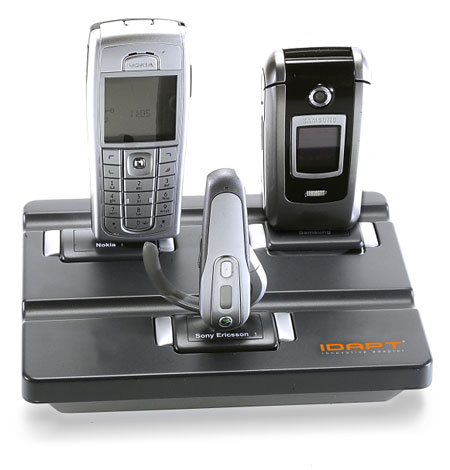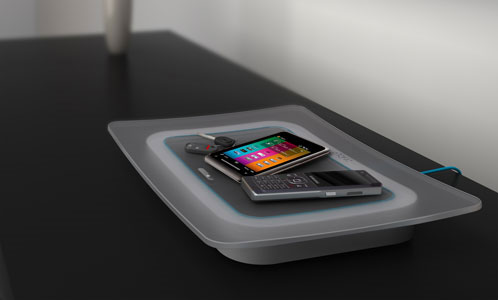Bing Webmaster ToolsThe company calls it its "no-cost toolset" for webmasters and SEOs. The new version - as Rick DeJarnette wrote on the
blog - was created from webmasters' feedback and built with (surprise!) Microsoft Silverlight 4 although basic functionalities are supposed to still be available on most browsers.
What other browsers might not get are the features such as "
Index Explorer, a tree-view that enables webmasters to see at a glance all of the crawling and index data for their website.
Each level in the tree view offers webmasters access to specific data management controls, such as URL blocking, cache blocking, and recrawl requests."
Webmasters will be able to submit 'priority' URLs as well as those to be blocked from showing up on SERPs.
If this really happens then it might well revolutionize the search marketing world - and push Google to innovate too in that area.
Bing said it will roll out further features in time so it's worth keeping your eyes peeled for that.
Real-Time, Social Results Walking in the footsteps of Google who has launched a refreshed SERP including real-time results in May, Bing is now also integrating real-time/social data in its SERP. With Yahoo and Facebook having entered a content sharing deal, it was only a matter of time before Bing also announced it followed suit. After all, Bing is partnering with Yahoo in the
Search Alliance. This time, Twitter is part of the real-time search fest too, and it is called
Bing Social.
So far, Bing had only 'socialized' its shopping experience by enabling prospective buyers to consult their peers and friends through Twitter, Facebook and email directly through its platform.
By extending users' search capacities to information aggregated from micro-blogging sites - namely the status updates from Facebook and Twitter users worldwide -, Bing hopes to get more traction.
This is what Bing Social looks like:
 Fear Not For Your Privacy
Fear Not For Your Privacy No. Don't fret. The data that is being crawled and indexed by Bing is that from fan pages as well as public profiles. Read: personal profiles whose privacy settings allow the sharing of their status updates with 'everyone'. At least, this is what the company said on its blog
post announcing the news.
"No names or photos, or even the text in the update associated with the link are published - just the link in aggregate," Bing's Lawrence Kim wrote.
Needless to say, privacy is to be taken more than seriously these days, with glitches being pointed at as well as enquiries (and sometimes lawsuits) being launched left and right across the globe on Facebook's privacy issues, Google's rogue Wi-Fi data collection, or even
AT&T exposing iPad users data.
Unfortunately, I wasn't able to see any such real-time social entries on Bing's SERP. At least I did several tries and such content was only visible once out of five times. Very strange. My driving test query was on "World Cup"... as it is slated to kick off tomorrow and related real-time content should therefore be more than abundant.
World Cup SplurgeSpeaking of which, Bing is also betting big time on the World Cup.
Aside from bringing
real-time scores and coverage, Bing is partnering with location-based service Foursquare and recommendation site Thrillist to create "World Cup badges and specials for check-ins during the world Cup."
Today as well, Bing is launching Home Turf Finder, a feature that allows football fans to locate the "second best" (after South Africa itself?) place to watch their matches. This means you can find the best neighborhood place with the friendliest crowd that supports your team.
This is sort of an aside but so you know, tomorrow, on the day the World cup actually kicks off, Facebook will allow you to customize your profile picture with the World Cup scarf of the team you support...
Wooing AppleIt's not too hard to tell what the tug of war is. Apple has been rumoured to be planning to
forsake Google for Bing but has never commented on it. However, since Bing gained mobile credit by becoming one of the
search engine options on Safari, the battle has been raging and announcements galore have been made both by Google and Bing.
You might have had a nudge today if Google has rolled it out in your country: the home page has turned totally Bing-esque with a background picture .
One thing that Google did early last month was to hire a "head of social" to boost its strategy. We have no news yet of Bing's stance on that.
What we know is that Bing is "
going Hollywood," scheduling a 40-minute show in Los Angeles on June 22nd to announce changes to its search engine...
So stay tuned and please let us know how you feel about your Bing Social experience





























